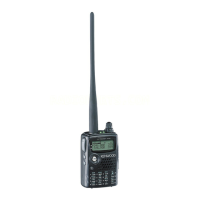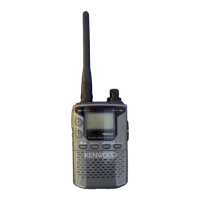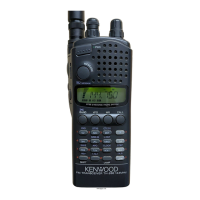What to do if the Kenwood Portable Radio display is not working?
- JJames SanchezJul 26, 2025
If nothing shows on the Kenwood Portable Radio display when you turn it on, or if the display blinks, here's what to check: 1. **Battery Pack:** It might be discharged. Try recharging it or replacing the batteries. 2. **Li-ion Battery Protection:** The protection circuit could be activated. Remove and then recharge the battery pack. 3. **DC Cable (if used):** * Check the power cable and connections, and fix or replace them if needed. * See if the power supply fuse is blown. Find out why it blew and replace it.







